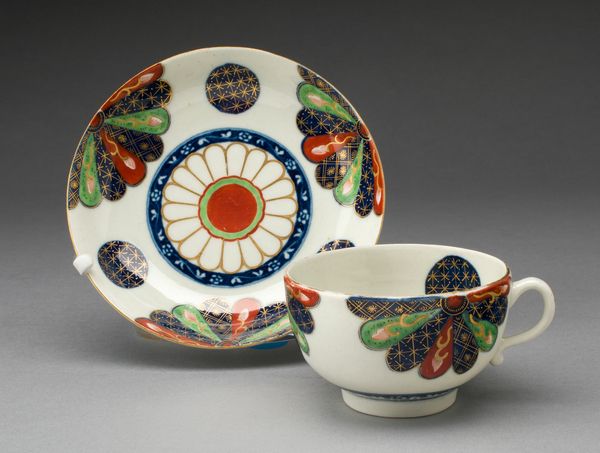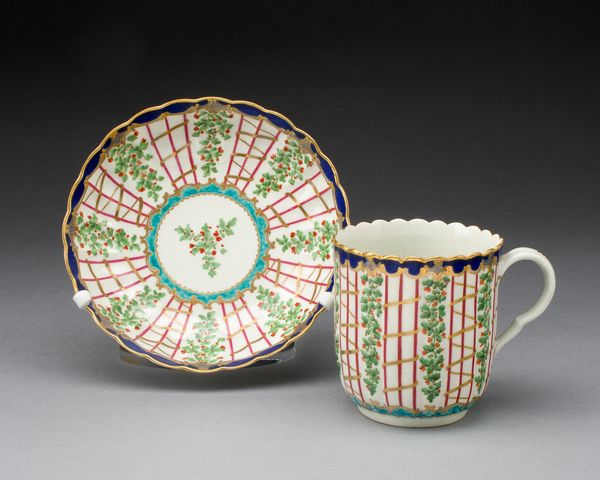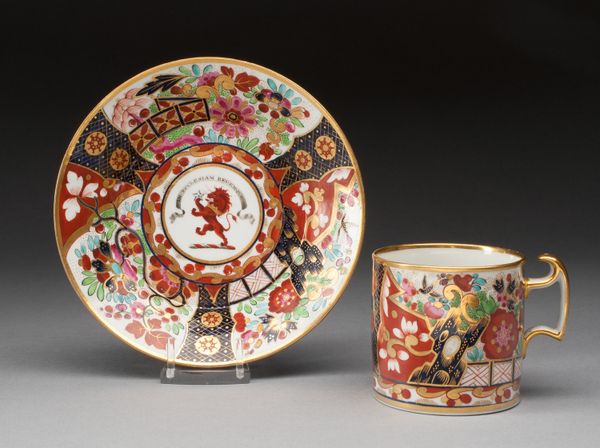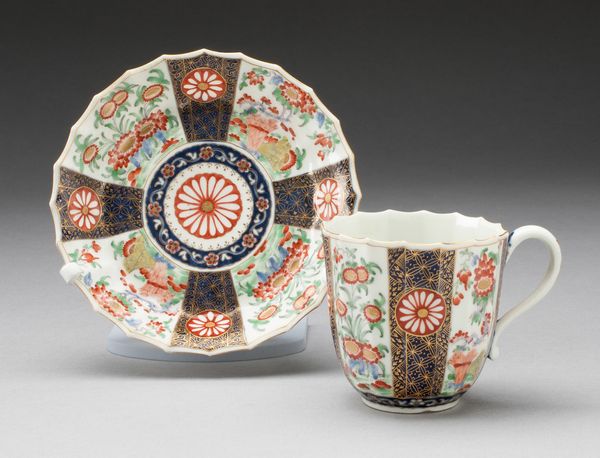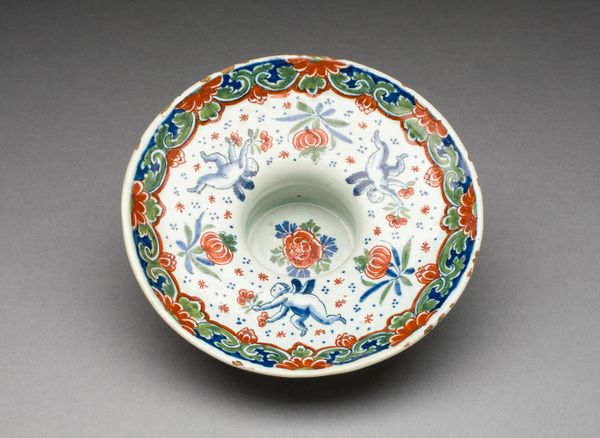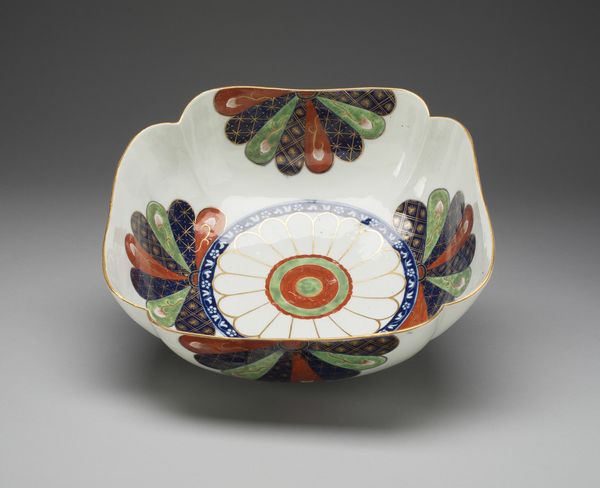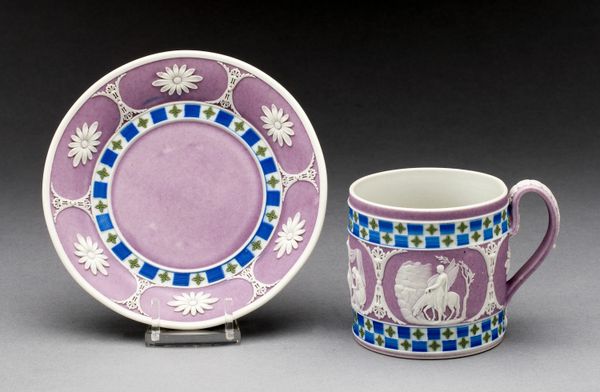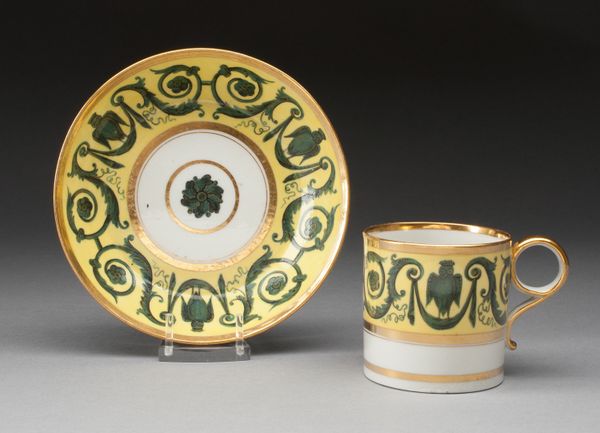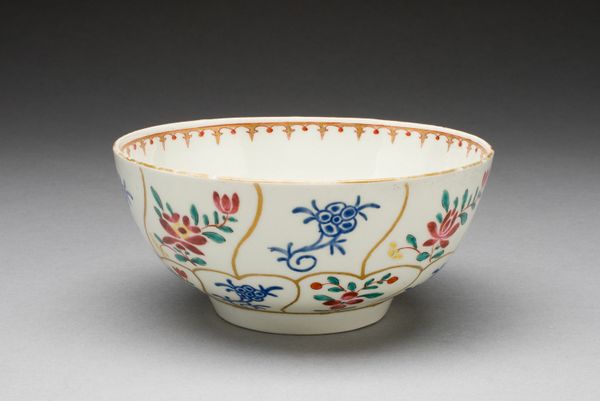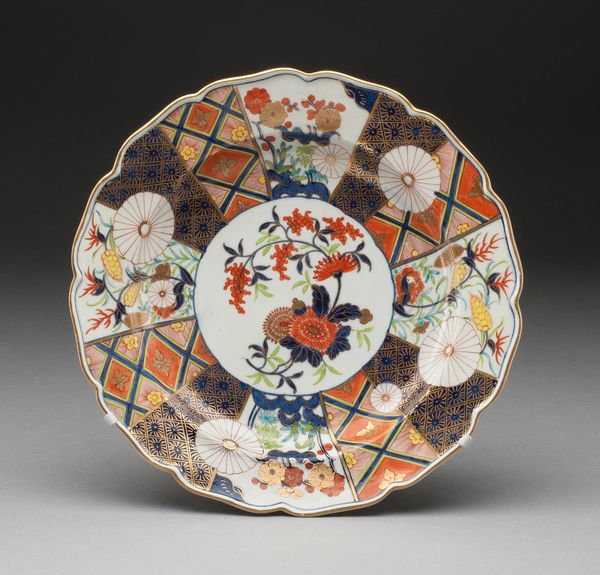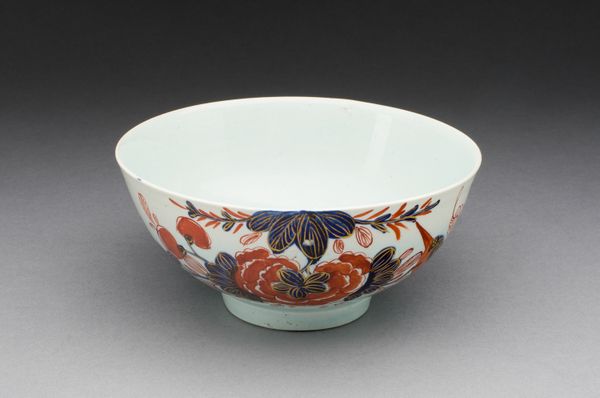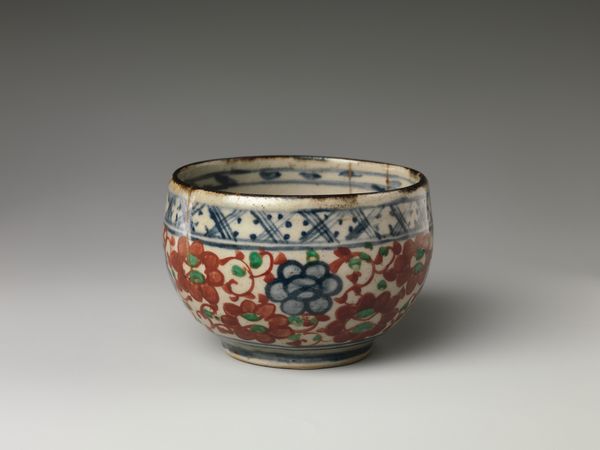
ceramic, porcelain
#
asian-art
#
ceramic
#
porcelain
#
ceramic
#
decorative-art
#
rococo
Dimensions: Cup: H. 5.4 cm (2 1/8 in.); diam. 10.1 cm (4 in.) Saucer: Diam. 15.1 cm (5 15/16 in.)
Copyright: Public Domain
Editor: So, here we have a "Tea Bowl and Saucer" from around 1770, made by the Worcester Royal Porcelain Company. It's delicate and ornamental, reminding me of rococo styles. The swirling design is eye-catching. What's your take on this piece? Curator: This piece reveals a lot about 18th-century consumption. Consider the source: the Worcester Royal Porcelain Company. Their meticulous control over the porcelain's material production speaks to broader social structures. How does the combination of locally sourced material, like the clay, combined with labor, result in these luxury objects intended for trade, revealing Britain's mercantile aspirations at that time? Editor: That's interesting. I was mainly thinking about the decorative style, the pinks and blues, and the swirling motifs. Curator: Exactly, that's surface-level analysis. Look closer: porcelain manufacture wasn't just about aesthetics; it involved specialized labour, access to specific raw materials and capital, and an international trading system. What does this contrast with mass-produced ceramics tell us about shifting social class and cultural values? Editor: So, you're saying it's less about pure artistry and more about the political and economic context it represents? Curator: Precisely. It's a crafted commodity deeply embedded within systems of power. Think about the labour needed to make it, the cultural value placed upon it. Are we looking at the objects or the structures that made those objects? Editor: That gives me a completely different perspective on decorative arts. Thanks! Curator: Indeed, focusing on production unveils hidden histories within the materials and forms we often take for granted.
Comments
No comments
Be the first to comment and join the conversation on the ultimate creative platform.
